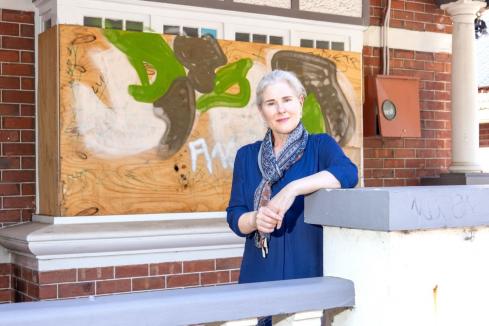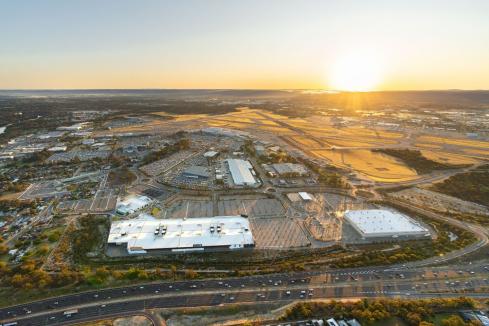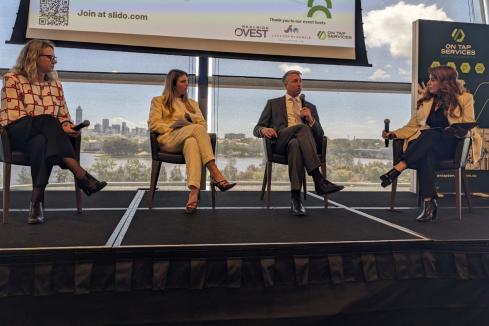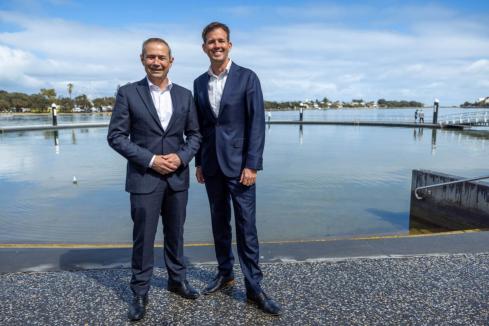Reaching an ambitious 90,000-resident target by 2050 for the City of Perth requires rate cuts and a city deal, according to the Property Council of Australia WA Division.


Reaching an ambitious 90,000-resident target by 2050 for the City of Perth requires rate cuts and a city deal, according to the Property Council of Australia WA division.
Nine ideas to boost economic activity have been proposed in Property Council WA’s recent ‘Plan for Perth’ - a policy platform that the group says should be carefully considered by City of Perth election candidates.
Achieving the city’s 90,000 target would mean tripling the residential population, which the Property Council said must be preceded by a series of infrastructure, planning, governance, and policy changes.
“We want to see City of Perth councillors working together to revitalise the CBD,” said Property Council WA executive director Sandra Brewer.
“We need to make sure all levels of government collaborate to ensure a Perth City Deal delivers economic diversity, more jobs, and a thriving city centre.”
The policy platform’s short-term priorities include re-activating Perth’s economy post-COVID, encouraging the workforce back to the city, and promoting greater use of public transport.
The proposed Perth City Deal would commit local, state, and federal government funding to several landmark projects aimed at diversifying and revitalising the CBD economy.
The Property Council said that the projects, including a potential university campus in the CBD, will need to be located at the centre of the CBD for maximum effect.
With $130 million understood to be held in reserve from the Perth Parking Levy, Property Council WA has advocated increased investment on CBD transport infrastructure and a partial refund of the Perth Parking Levy to building owners.
“This would alleviate some of the cashflow pressure on tenants who pay for the levy as part of their lease," said Ms Brewer.
Following a climb in commercial vacancies during COVID-19, the Property Council has also suggested repurposing underused office stock towards residential apartments, student accommodation, and vertical education facilities.
“With more than 180 tall buildings in Perth’s CBD…there is an opportunity to rethink our urban spaces and repurpose old, underused office stock,” according to the policy platform.
Bolder ideas to boost Perth’s tourism prospects including eco-accommodation in Kings Park requiring collaboration with the state government and private sector, while a review of the city’s new planning scheme to encourage investment should be a focus of the incoming Lord Mayor, according to the Property Council.
Investment in the City of Perth can also be driven by making Perth more competitive.
Council rates constitute 18.9 per cent of overall expenses in Perth’s CBD office market, higher than rates in Melbourne which rank second at 15.7 per cent, and ahead of Sydney and Brisbane.
Property Council WA has flagged this discrepancy as an impediment to investment and recommended the lowering of council rates for commercial property.
Homelessness is a prevailing issue, with Western Australia recording the second highest rate of people living on streets in 2018.
Continued collaboration with the property industry and providing interim sheltering solutions are two recommendations put forward by the policy platform.
After a period of internal turmoil in the City of Perth’s leadership, the proposal outlines the importance of change at the governance level.
“A commitment from a newly formed council to review, refresh, and develop a new, all-inclusive vision is necessary to unite the City of Perth behind a common future,” according to the policy platform.
Restoring and repairing the City Council’s relationship with the state government through regular meetings and fostering a relationship with the Swan River Trust are further recommendations put forth by the Property Council.
“There’s only one Perth,” said Ms Brewer.
“It’s important to put vital infrastructure, such as schools and playgrounds, in place to support a future residential population of 90,000 by 2050.”













